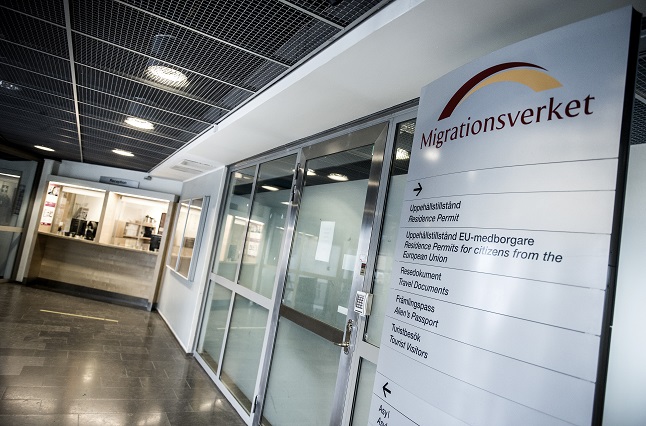Under the terms of the Withdrawal Agreement, British citizens must be legally resident in the EU by December 31st, 2020, in order to be covered by the terms of this deal.
In Sweden, it hasn't been clear whether this meant Brits needed to physically make the move to Sweden by the deadline, or be officially registered as resident (called folkbokföring – the process which gives you a Swedish social security number or personnummer).
If you have a personnummer, it is relatively easy to prove your Swedish residence in any situation where you need to. You can either apply for a Swedish ID card through the Swedish Tax Agency (Skatteverket) or just log on to the agency's website and print out a personbevis (“extract of the population register”) which confirms your Swedish residence.
But the Migration Agency (Migrationsverket) has now confirmed to The Local that for the purposes of retaining Swedish residence after Brexit, you do not need a personnummer by the December 31st deadline.
That should come as a relief to many, since the personnummer application can take several weeks. What's more, applying for a personnummer as an EU citizen also generally requires a family connection to Sweden (such as a Swedish cohabiting partner) or a job contract in Sweden.
EU citizens – and Brits, up until the end of this year – have the right to move within the EU as a job-seeker for up to six months, and they have right of residence during that time, but in that case they are not eligible for a personnummer until they get a job. Instead, people in this category can register with the Public Employment Agency and get a coordination number (samordningsnummer), which acts as a stand-in for the personnummer on official documents but means you're not officially registered as resident.
“Brits who want to benefit from the Brexit Withdrawal Agreement in Sweden should have physically moved to the country before December 31st 2020. Being folkbokförd will help the decision process at the Swedish Migration Agency, but it is also possible to prove your residency with other documents,” Migration Agency communications officer Johanna Måhlén told The Local in late August.
-
How to get Swedish citizenship or stay permanently in Sweden
- Opinion: My new Swedish passport is a small comfort amid the Brexit heartache
Residence permit application
It's still not exactly clear how Brits will apply for post-Brexit residence permits in Sweden. The government has proposed a ten-month application period, starting from December 1st 2020, which parliament is set to vote on this coming Wednesday (it is expected to go through without a hitch).
During this period, Brits would need to apply to the Swedish Migration Agency (Migrationsverket) for a new residence status (uppehållsstatus).
We asked how Brits who had moved to Sweden by December 31st but had not received a personnummer by that date should prove they were legally resident in order to get their new residence status. EU citizens have right of residence in Sweden if they are working, studying, the family member of an EU citizen with right of residence, or have sufficient means to support themselves. You also have right of residence for six months if you move as a jobseeker.
“An applicant is free to use any type of documentation to prove his or her case. However, examples that could be used are rental or tenancy agreements as well as 'invoices' for the rent (hyresavier),” Måhlén said.
This means you can use documents like rental agreements, utility bills, an employment contract, a samordningsnummer or so on, in situations where you need to prove your residence.
Those who are granted the new residence status would be given proof of this “in the same format as a residence permit card”, which means it will include a photo and fingerprints. This card will state whether you have residence or permanent residence, which is based on how long you were resident in Sweden before your application.




 Please whitelist us to continue reading.
Please whitelist us to continue reading.
Member comments